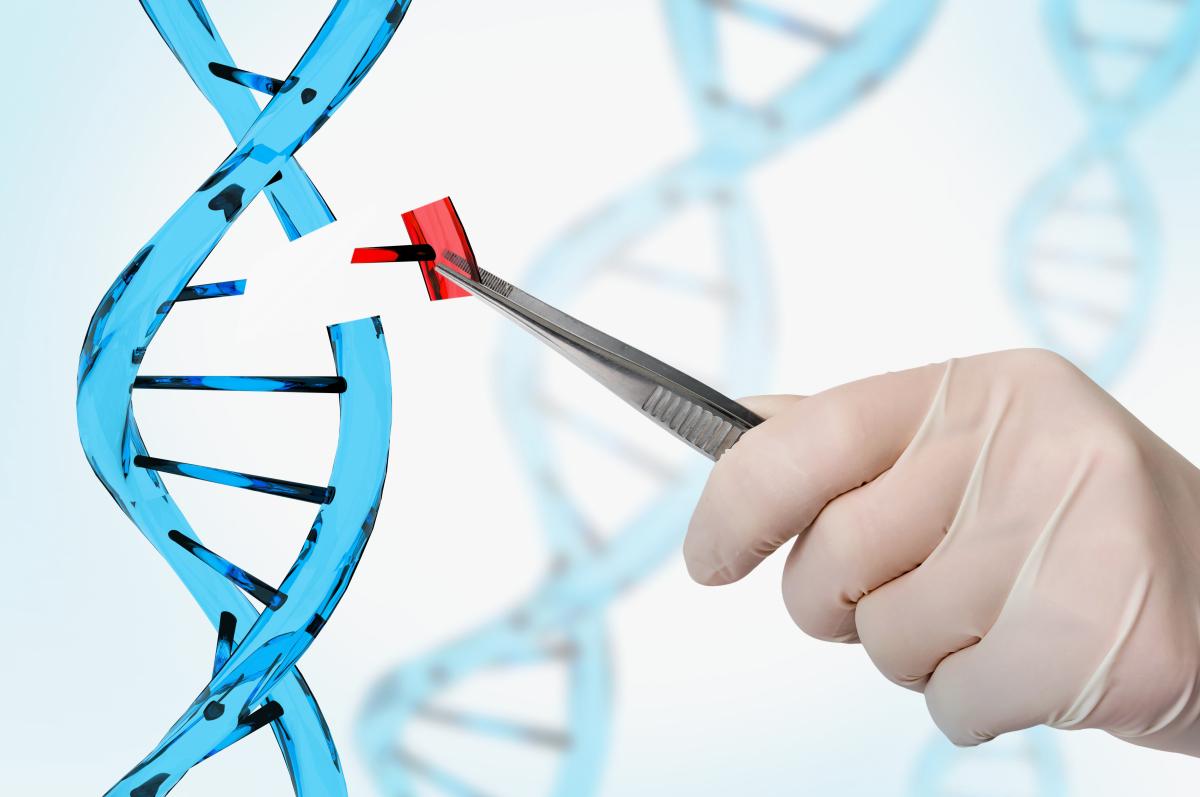Some 6000 human diseases are caused by genetic errors—a mutation in a person’s genes that is inherited or caused by exposure to radiation or a toxic substance. Most of these are quite rare, but some affect large numbers of people. More than 100,000 people in the U.S. have inherited genes that cause sickle cell disease; 30,000 have genes that cause cystic fibrosis; there is no cure for either. Virtually all cancers involve genetic changes in individual cells, including some 275,000 new U.S. cases of breast cancer and 150,000 new colorectal cancers every year, for which surgery and chemotherapy are now the only treatments.
This year’s Nobel Prize for Chemistry attracted attention in the press mainly because it was awarded to two women scientists, Emmanuelle Charpentier and Jennifer Doudna. Less covered was what the prize recognized—the discovery of a means of finding and editing genetic errors to correct them. Their technique, which goes under the awkward name of CRISPR-Cas9, is in effect a kind of genetic scissors. It can cut the DNA molecules of microorganisms, plants, animals, and people very precisely, remove a defective gene, and insert a corrected version. Some scientists have described the method as akin to “a software tool for hacking genes.” In the 8 years since its discovery, the technique has transformed the biological sciences, with potentially life-changing results.
Already clinical trials underway have shown promising results of not just treatments, but permanent cures for sickle cell disease, cystic fibrosis, and a rare form of inherited blindness. The treatments, which will initially be expensive, could be as simple as a few days stay in a hospital where some of a patient’s own cells—modified with the CRISPR-Cas9 system—are reintroduced to that patient: one treatment resulting in a permanent fix. Since most inherited genetic diseases have no cure at present, genetic editing promises to be transformative. But genetic editing can also fix point mutations, such as those involved in cancer. The result has been a tidal wave of investment into new biotech companies, funding clinical trials intended to cure many forms of cancer, including childhood leukemia, as well as inherited genetic diseases.
Genetic editing has also become the standard approach to plant breeding, enabling more rapid development of pest-resistance or heat tolerant varieties can could improve yields, reduce need for pesticides, or help agriculture adapt to climate change. Already plant scientists have modified the genes that enable rice to absorb cadmium and arsenic from the soil, thus producing a strand of rice free from these toxic metals. A similar approach to breeding livestock is expected to improve the health of livestock and thus aid meat and dairy production.
More recent research has led to an additional method of editing genes—a technique known as base editing—that also fixes point mutations or alters specific genes without cutting a patient’s DNA. One potential use of this approach is to disable genes that contribute to ill health. For example, research has shown that by disabling two specific genes, a patient’s risk of coronary artery disease can be reduced by almost 90 percent and the risk of heart attacks by more than 30 percent. For many individuals, such treatments could potentially extend lifetimes substantially.
The precision of CRISPR and related techniques is turning out to have additional uses. Last month scientists published a new test for Covid-19 that uses CRISPR techniques and that can detect the virus in just 5 minutes, without the use of expensive laboratory equipment—potentially easing the testing bottlenecks that hamper attempts to control the pandemic.
Over the next decade, as these novel therapies move out of clinical trials and into medical practice, they will enable what is called precision medicine. That is in part because the cost of scanning and mapping your genes—to establish your unique genetic identity and to detect unsuspected mutations—is now less than $800 per patient and is expected to cost as little as $100 within a few years. Already, some health insurance companies will pay for the scan. Such gene scans will allow potential genetic diseases to be diagnosed and treated early, in some cases even before symptoms appear. Knowledge of a patient’s unique genetic makeup will also eventually enable doctors to choose medicines for ordinary diseases that work best for that individual.
The power of genetic editing has raised concerns about potential future misuse—to create “designer” babies with blue eyes or to breed a super race of soldiers for some dictator. But such changes would be much more difficult than correcting a faulty gene and would only be possible if the editing was done on the eggs and sperm cells that come together to create a new life—activity banned by both the international scientific community and governments. And such speculative risks seem small compared to the enormous potential to relieve human suffering—especially to anyone with a crippling inherited disease or newly diagnosed with cancer.
Al Hammond was trained as a scientist (Stanford, Harvard) but became a distinguished science journalist, reporting for Science (a leading scientific journal) and many other technical and popular magazines and on a daily radio program for CBS. He subsequently founded and served as editor-in-chief for 4 national science-related publications as well as editor-in-chief for the United Nation’s bi-annual environmental report. More recently, he has written, edited, or contributed to many national assessments of scientific research for federal science agencies. Dr. Hammond makes his home in Chestertown on Maryland’s Eastern Shore.




Write a Letter to the Editor on this Article
We encourage readers to offer their point of view on this article by submitting the following form. Editing is sometimes necessary and is done at the discretion of the editorial staff.